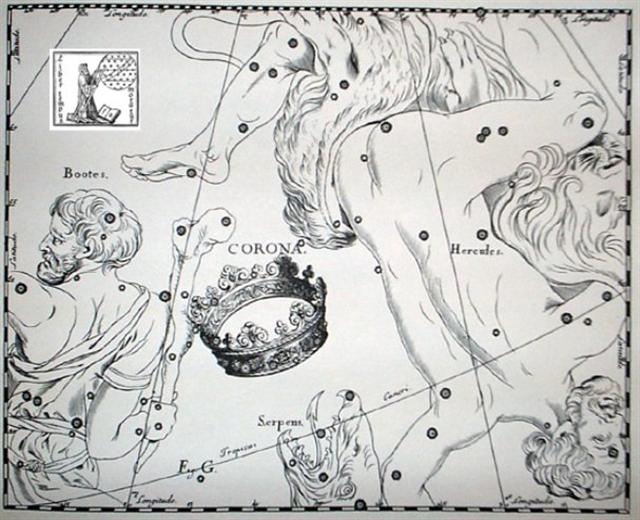There are only 22 glyphs in the 24th line, possibly to be grouped in the pattern 8 + 4 + 6 + 4. In an ordinary year December 1 is Gregorian day 335. We have found a leap day (February 29) at Ca13-2 and the first Gregorian year in the text should therefore end with day 365 at glyph 285 - there cannot be a leap-year preceding another leap-year:
The text apparently has its beginning with the northern spring equinox and with Ca1-1 at March 22. A year beginning with March 22 ought to end with day 365 in March 21. However, the glyph number is 366 after the leap day at Ca13-2 also has been counted:
The 2nd December month in the text is beginning with Gb9-29:
Glyph number 622 = 366 + 256 (= 16 * 16). 256 + 80 = 336, and the manzil day number is 336 - 136 = 200. Counted from the beginning of the first Gregorian year the 2nd December 1 is day number 366 + 335 = 701:
It seems reasonable to assign Gregorian day numbers both according to the current year and as counted from January 1 in the previous year. Occasionally I have noted the glyph numbers reduced by 365, but the correct method ought to be to reduce with 366 in order to include also Ca13-2. If the Gregorian day numbers in the text are counted from January 1 in the previous year, then the difference compared to the manzil day numbers will be 137, e.g. 701 - 564 = 137, otherwise it will be 136.
A hanging down maro at left in Cb10-18 ought to show how a time of 'wilting' is in the past. December 20 could be the last day in a year with 12 * 29½ days (and it is a Moon day according to my scheme, the proper day to end a cycle). The following 4 glyphs could initiate the next cycle:
The manzil Akleel is ruled by Corona Borealis, maybe referring to the vacant Crown waiting for the next King of the year:
|




















